[ad_1]
You may have heard that together with bone meal (bonemeal) when planting bulbs each fall will stimulate root improvement and help enormous flower blooms come spring. Sadly, it’s a gardening delusion. At best, together with bone meal does nothing for the plant and at worst may trigger necessary points, relying in your soil.
In case you search the topic on-line, you’ll uncover tons of outcomes from fertilizer companies promoting their merchandise. And weblog posts from gardeners amplifying the similar claims as a result of the fertilizer companies. The declare is that phosphorous, the first ingredient in bone meal, stimulates root improvement and supercharges flower blooms. Nevertheless once you dig into the science, you’ll uncover that in most soils, bone meal is completely pointless. Most yard soils in North America have ample portions of phosphorous and calcium. What’s worse, an overabundance of soil phosphorous can really harm your crops.
We must always all the time phrase that there are fairly a number of analysis which endorse the utilization of bone meal on farms. These analysis generally take a look at specific crops with specific portions of bone meal or meat bone meal (MBM) added to farm soil. These analysis do not apply to the home yard, as gardeners develop crops beneath very completely totally different circumstances than farmers do. A farmer’s crops draw a greater share of nutritional vitamins from the soil than a patch of hyacinths, roses, radishes or peppers in a home yard. What’s good for the farm is not primarily good for the home yard.
What’s bone meal fertilizer made out of?
As a result of the establish suggests, bone meal is made out of crushed bones. It is an pure fertilizer with extreme percentages of phosphorous and calcium. Phosphorous helps root improvement, flower blooms, and totally different plant capabilities and is probably going one of many 3 main nutritional vitamins required for plant improvement, along with nitrogen and potassium (indicated as N-P-Okay percentages on fertilizer packaging).
Inside the mid-Nineteenth century, farm soils had been turning into a lot much less productive. For a number of years, farm fields had been primarily fertilized with livestock manure, which is primarily nitrogen and potassium. As a result of the crops used up the phosphorous inside the soil, not ample was modified, making the farm soils a lot much less fertile. It was steered by soil scientists on the time that grinding the bones of expired animals proper right into a “meal” after which together with it to the soil would improve fertility, which it did (they actually added meat bone meal, not the similar as a result of the bone meal on the market for the time being for gardeners). When synthetic phosphate fertilizer grew to grow to be on the market inside the twentieth century, bone meal use declined.
Why use bone meal in your yard?
We are going to rephrase the headline: why add fertilizer to your pure yard? The reply is, and always will in all probability be, to increase nutritional vitamins which is likely to be lacking inside the soil. If a nutrient is not missing from the soil, then no additional fertilizer will make a lick of distinction to the plant inside the rising season. And fertilizers can’t “supercharge” or “stimulate” improvement, they’re going to solely help it. The one answer to know with certainty what’s or isn’t lacking is to get your yard soil examined by a lab.
If some fertilizer is good, additional is greatest, correct? No, exceeding strategies for fertilizers shouldn’t be going to help crops the least bit. Solutions are made primarily based in your soil circumstances and may current nutritional vitamins in optimum ranges for plant use. Exceeding this amount shouldn’t be going to current benefits and should even lead to nutrient deficiencies because of excesses of some nutritional vitamins may end up in poor uptake of others. Furthermore, additional nutritional vitamins could also be misplaced to the environment and degrade streams and rivers.
How bone meal can harm crops.
Soluble phosphorous is the one sort of phosphorous crops use. It takes years to form as soil microbes break down fertilizers like bone meal and pure matter.
On their very personal, crops have challenge taking up soluble phosphorous inside the soil. To get what they need, they form symbiotic relationships with mycorrhizal fungi, which you’ll be taught additional about proper right here. These fungi connect with a plant’s roots and are very surroundings pleasant at extracting phosphorous from the soil. The fungi ship the soluble phosphorous to the plant by way of the roots, in commerce for sugars from the plant.
So in most soils in North America with a neutral or alkaline pH, if you happen to add bone meal at planting time spherical a tulip bulb, it acquired’t help the tulip very rather a lot the subsequent spring. The newly added phosphorous stays unavailable to the plant for years because of it’s not however soluble.
However, in case you’ve gotten acidic soil (low pH) and low phosphorous, the phosphorous in bone meal turns into quickly soluble and is certainly on the market to the plant (chemistry at work!). As a result of the plant not desires the mycorrhizal fungi relationship, it stops connecting with them and the fungi die with out the plant sugars. Nevertheless with out the fungi, the plant has to commit additional property to root improvement on the expense of various plant capabilities.
When plant roots are in low phosphorus environments, they exude pure acids from their root concepts. These acids allow mycorrhizal fungi to penetrate the roots and type the networks that assist plant roots in taking up water and nutritional vitamins. Mycorrhizae are notably adept at extracting phosphorus from the soil.
If phosphorus ranges are too extreme, nonetheless, the roots do not exude the pure acids and mycorrhizal connections do not form. This forces the plant to position additional property into root improvement to compensate for the scarcity of mycorrhizae.
So in a approach, phosphorus will improve root improvement – nonetheless at an added worth to the plant. The property expended by the plant in rising additional roots to take the place of mycorrhizae mustn’t on the market for various plant desires.
Together with bone meal shouldn’t be going to develop higher roots and higher blooms.
All of the components in fertilizer work in steadiness in crops – too little or an extreme quantity of of 1 nutrient impacts every plant carry out. Resulting from this truth, your crops can’t develop higher roots and blooms till you even have ample parts of nitrogen and potassium to help excessive improvement and totally different capabilities. And if there’s additional phosphorous inside the soil than the plant desires, the plant merely acquired’t use it. Furthermore, phosphorous isn’t leached from the soil by local weather and barely strikes by way of it. So if there’s ample phosphorous in your yard soil for the time being, there’ll perhaps be ample years from now.
Sources: Some Yard Myths and What Evaluation Has to Say, Oregon State School Extension Service; Is Bone Meal Good For The Yard?, Yard Myths; Should I Use Bone Meal When Planting My Spring Flowering Bulbs?, School Of New Hampshire; Fertilizing Flower Gardens and Steer clear of Too Quite a bit Phosphorus, School of Massachusetts Amherst; Bone meal, Wikipedia.
[ad_2]
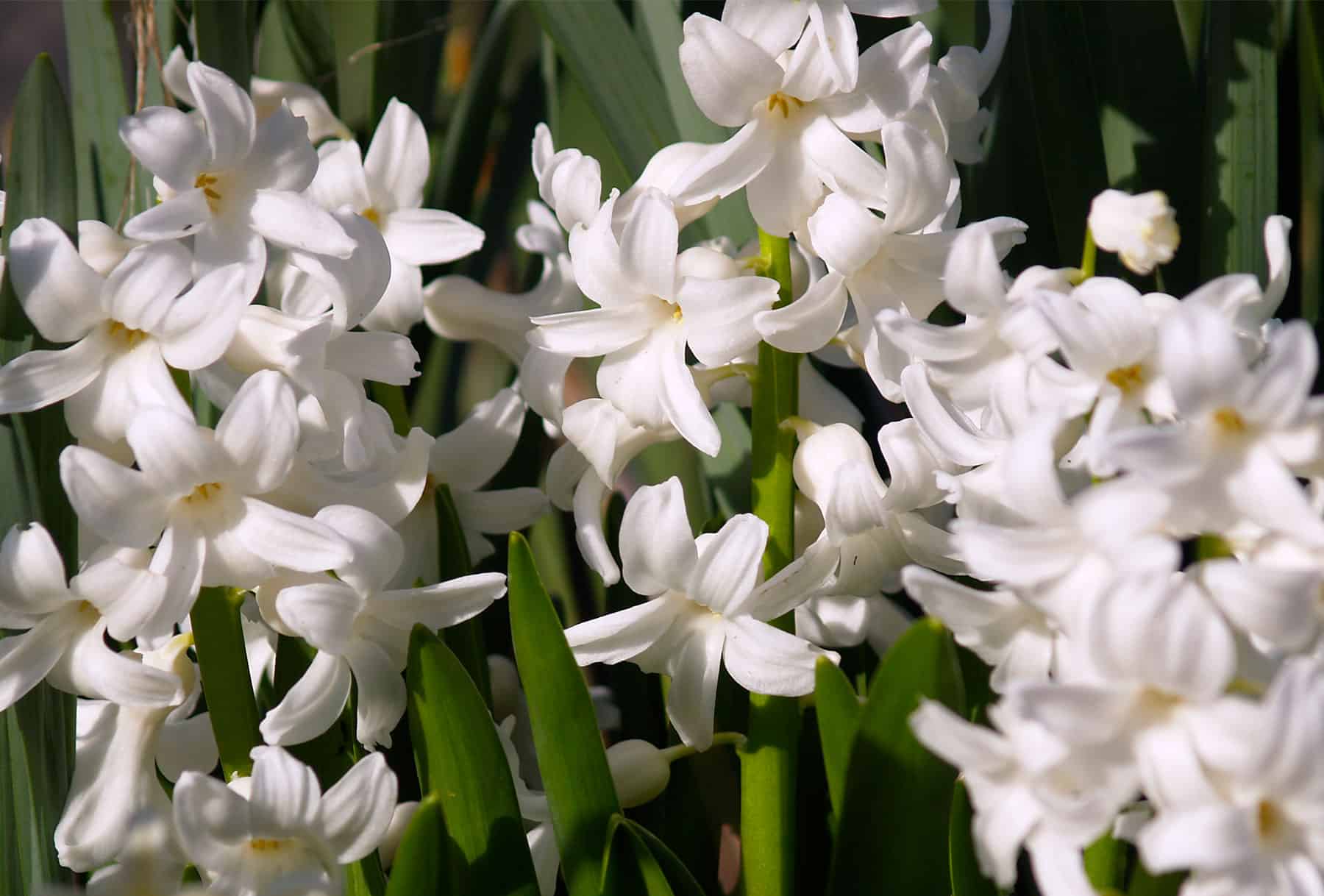
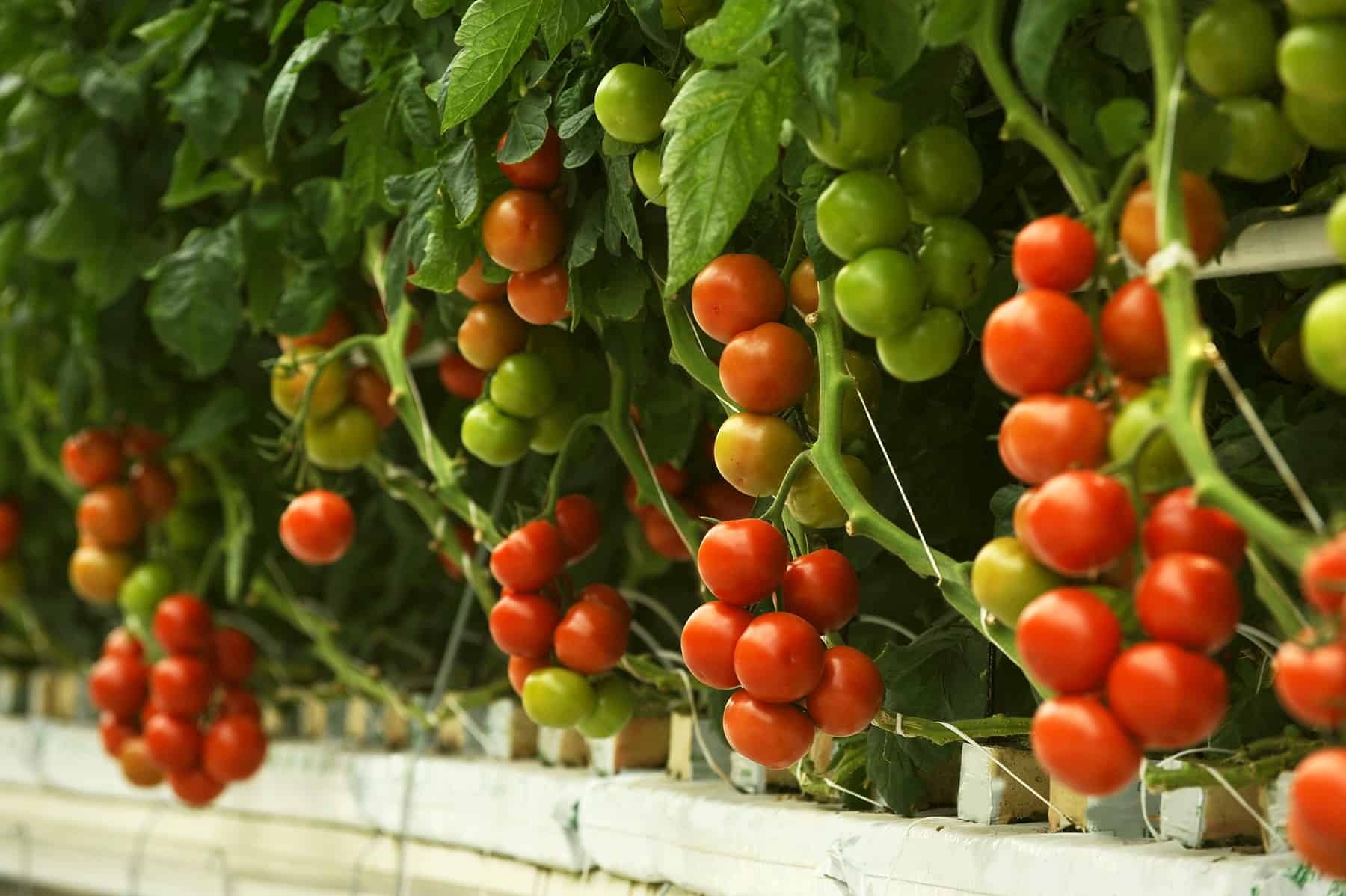
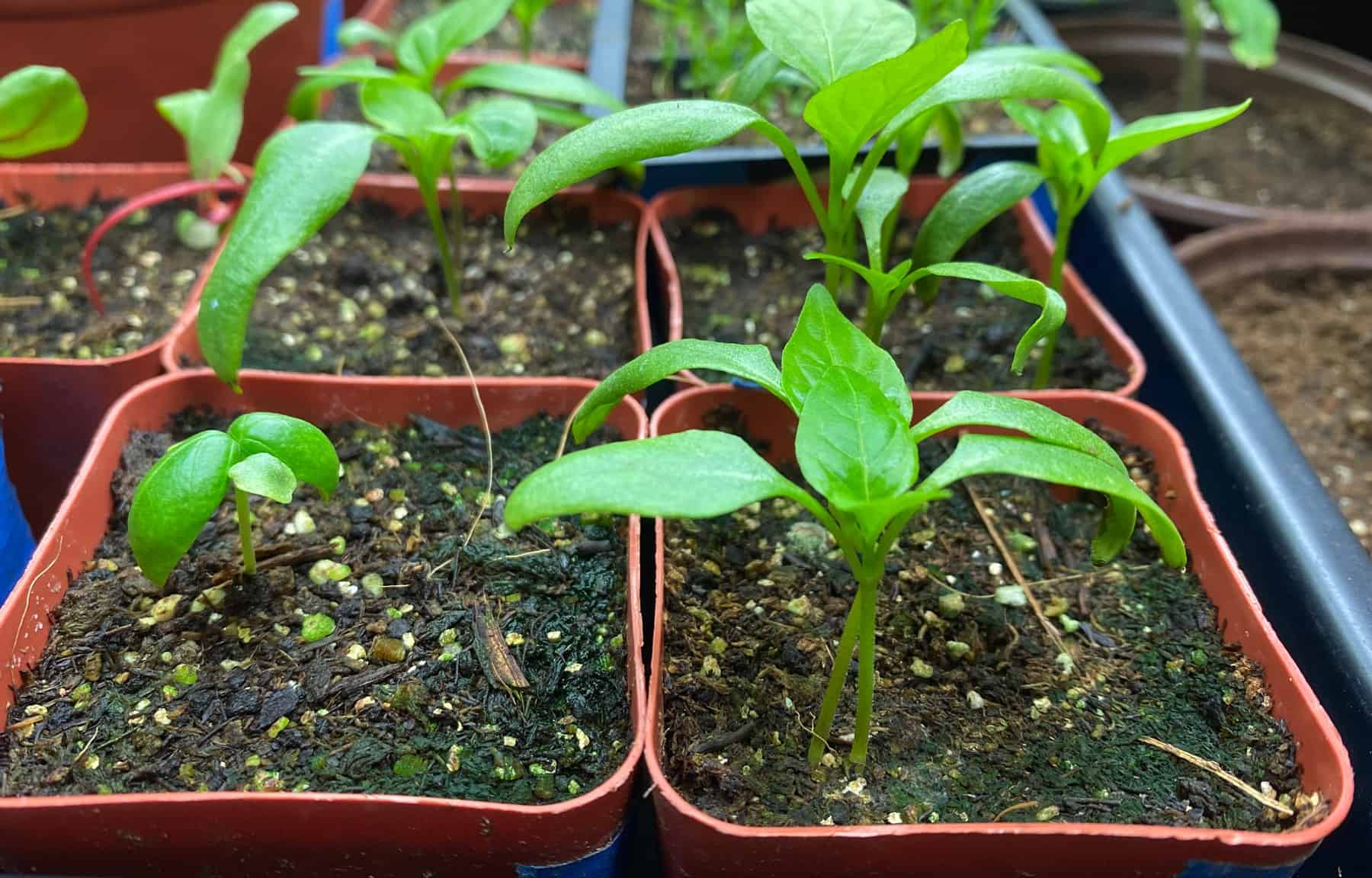
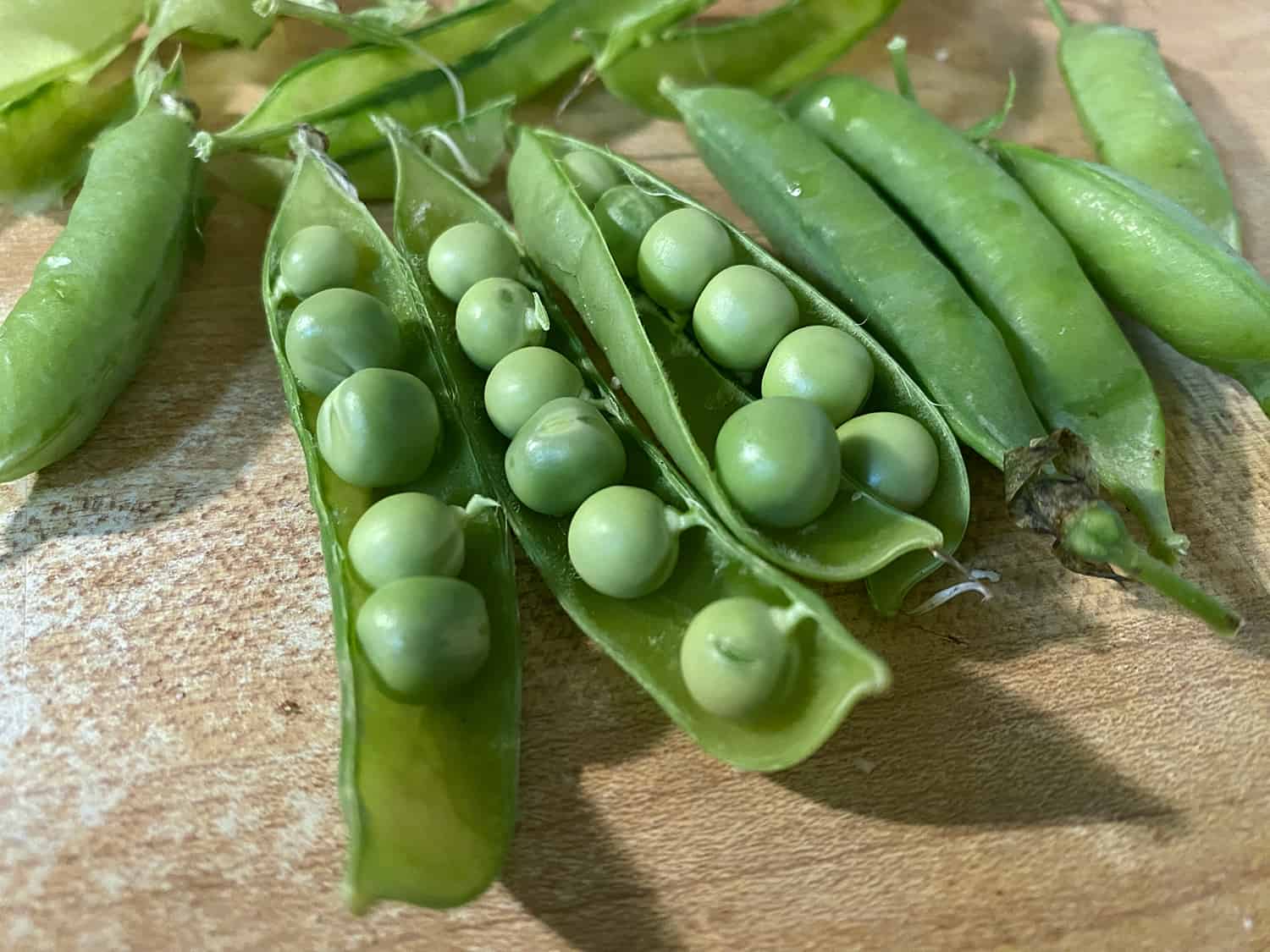
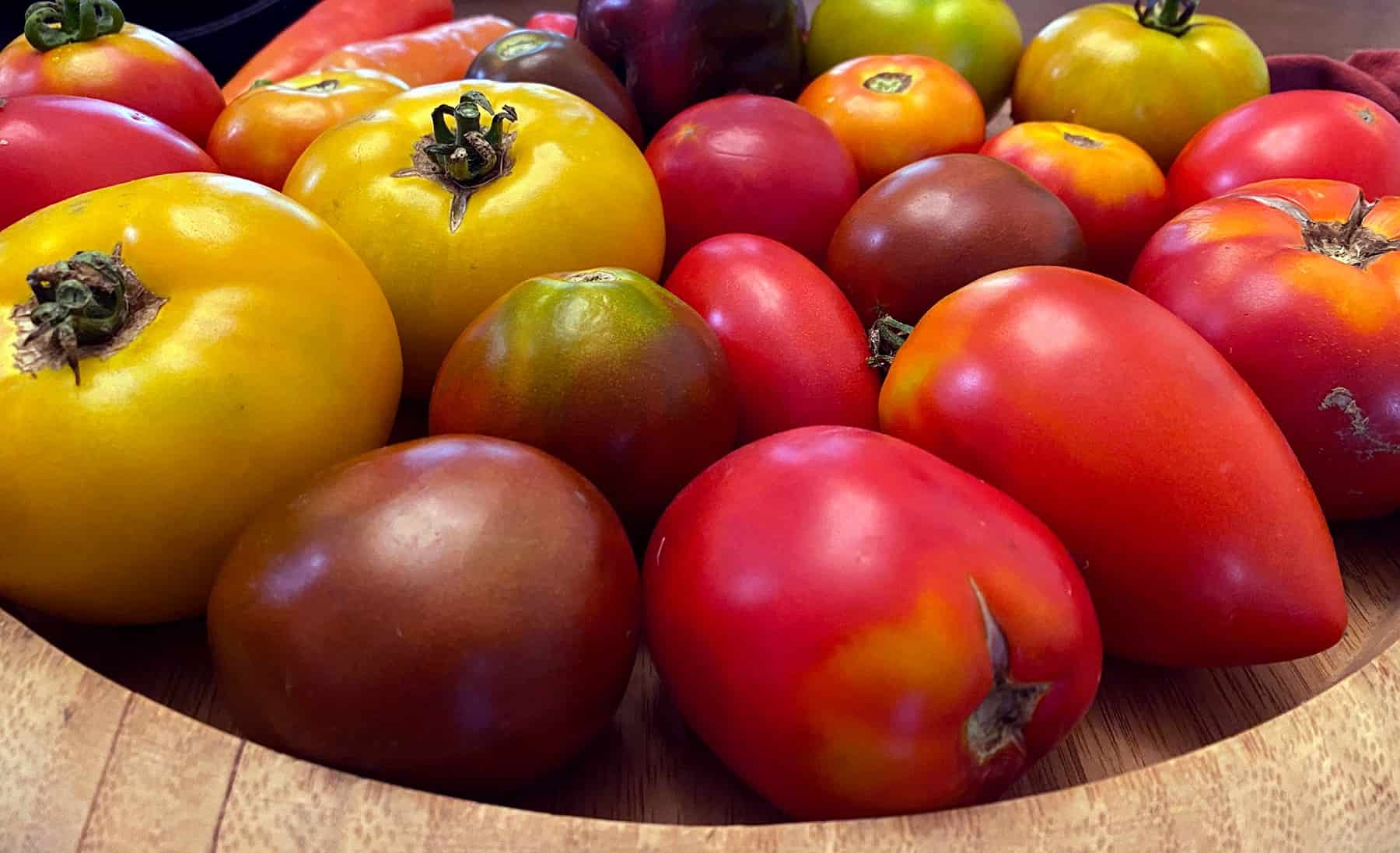
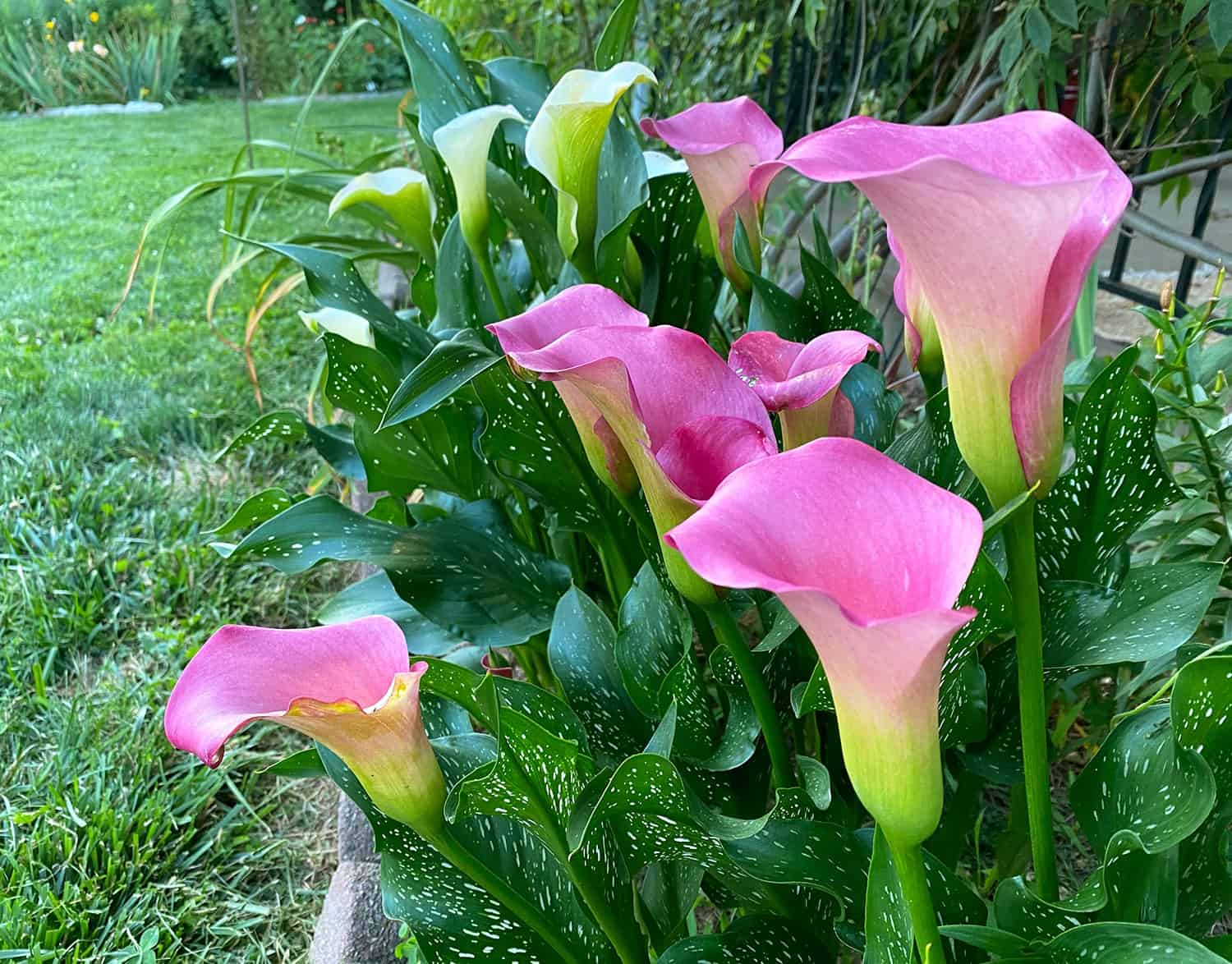
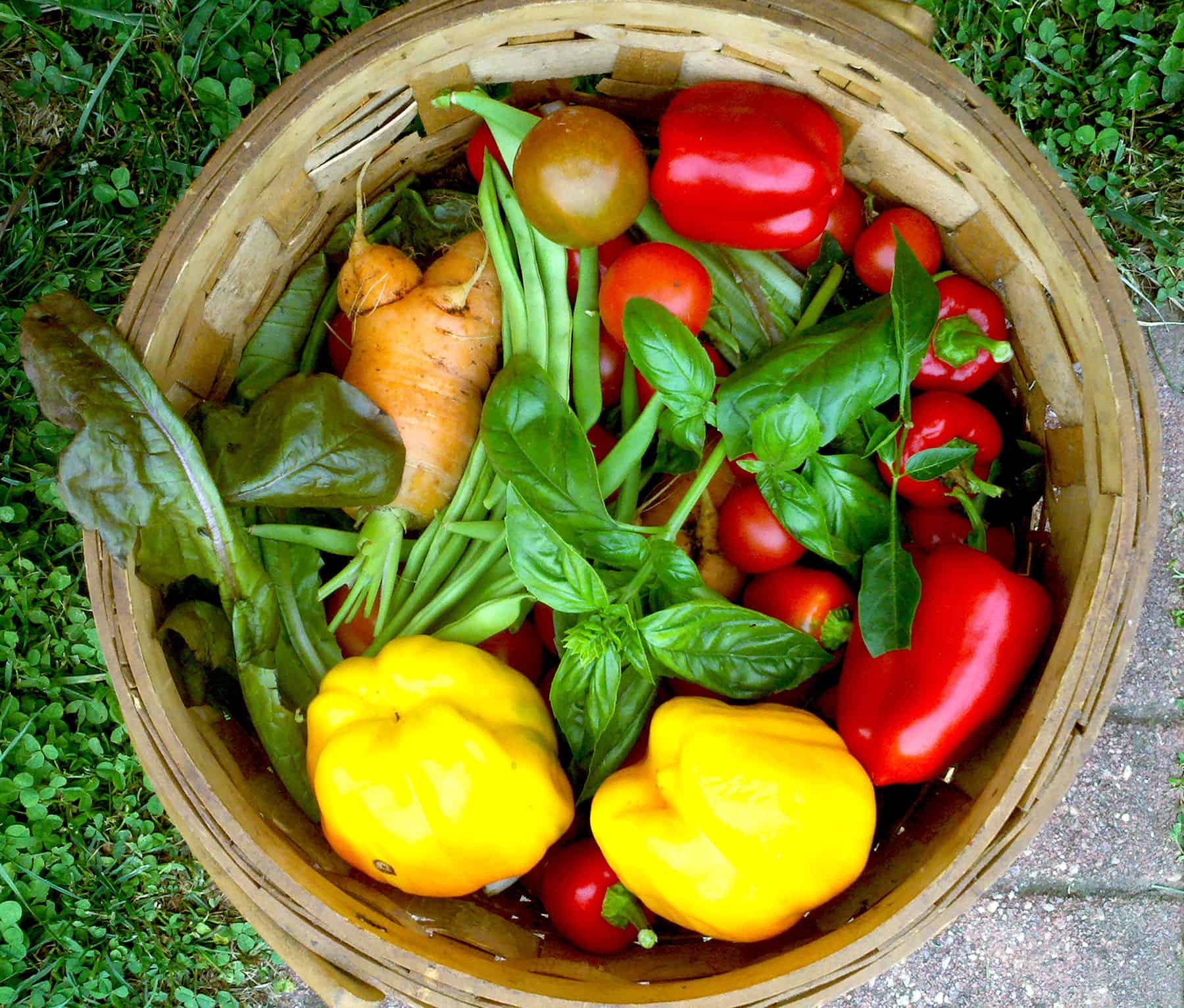
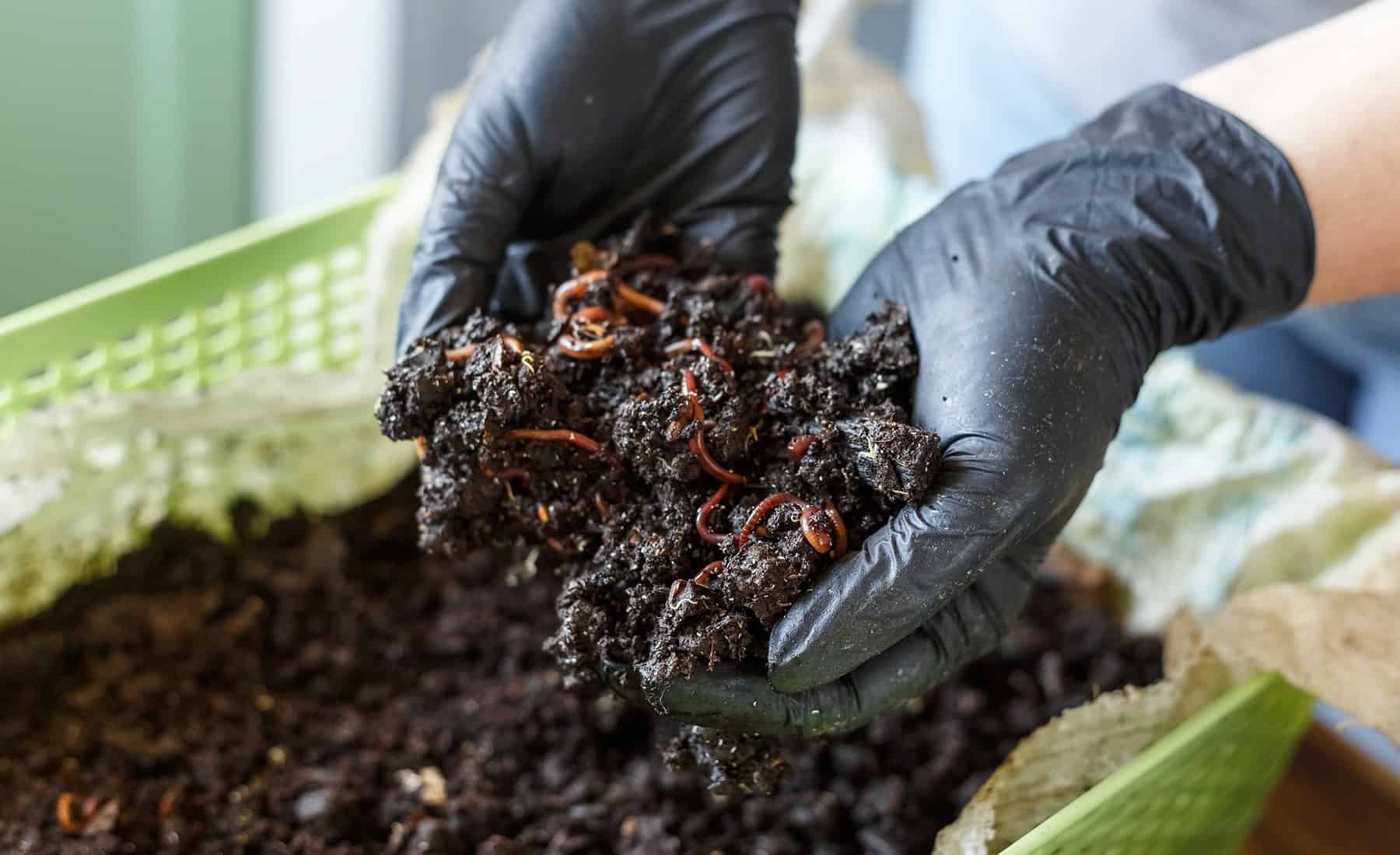
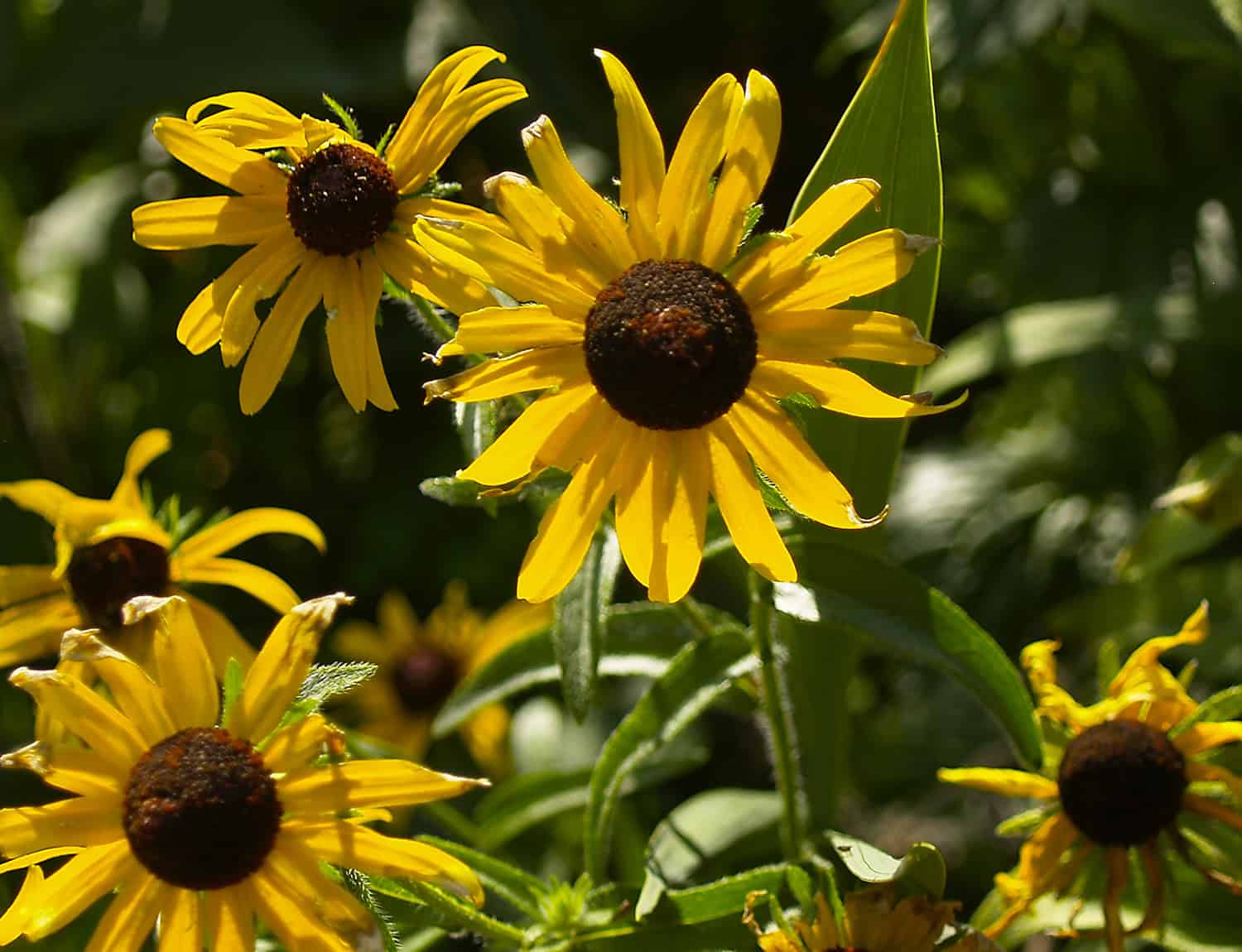

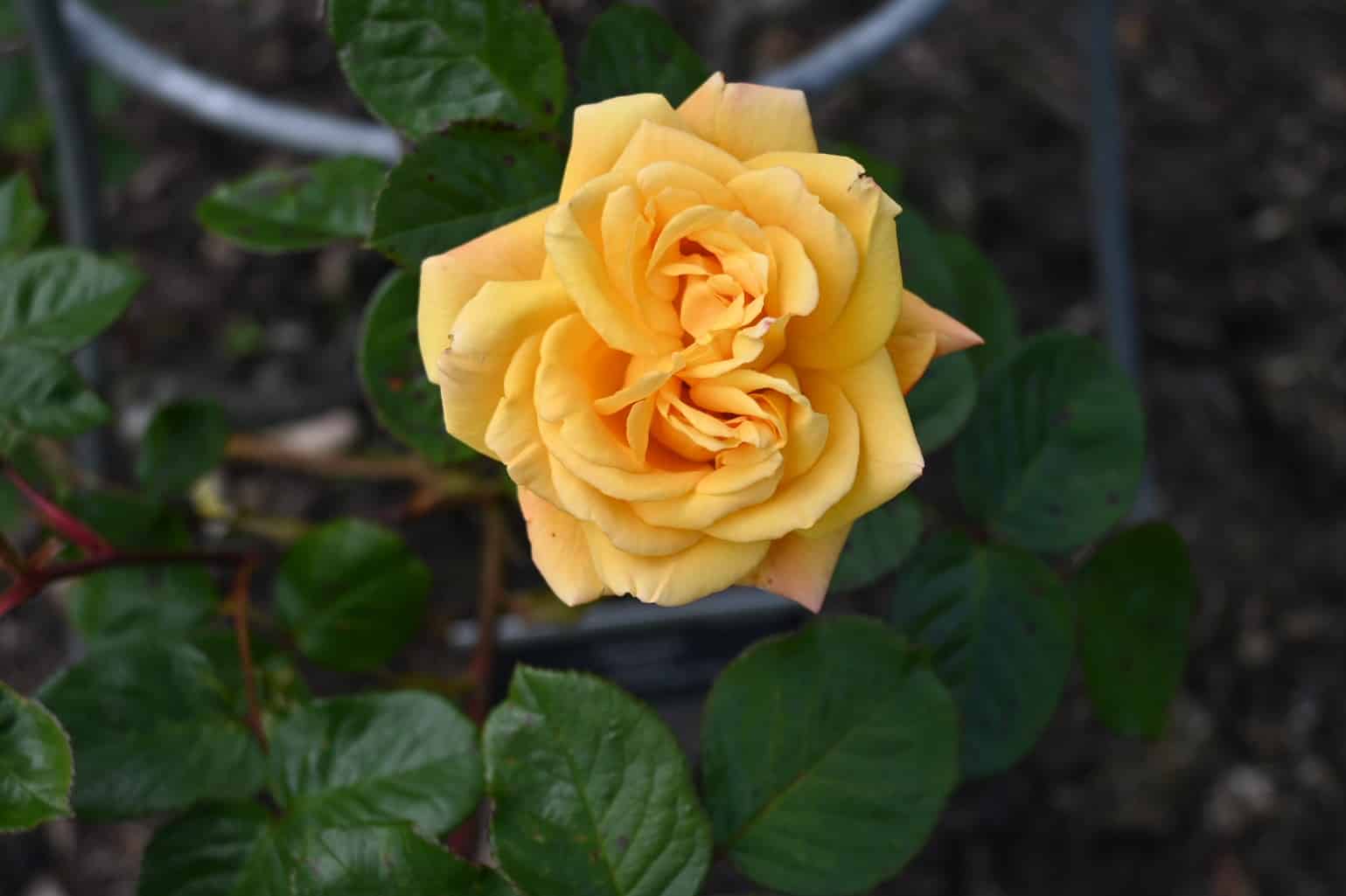
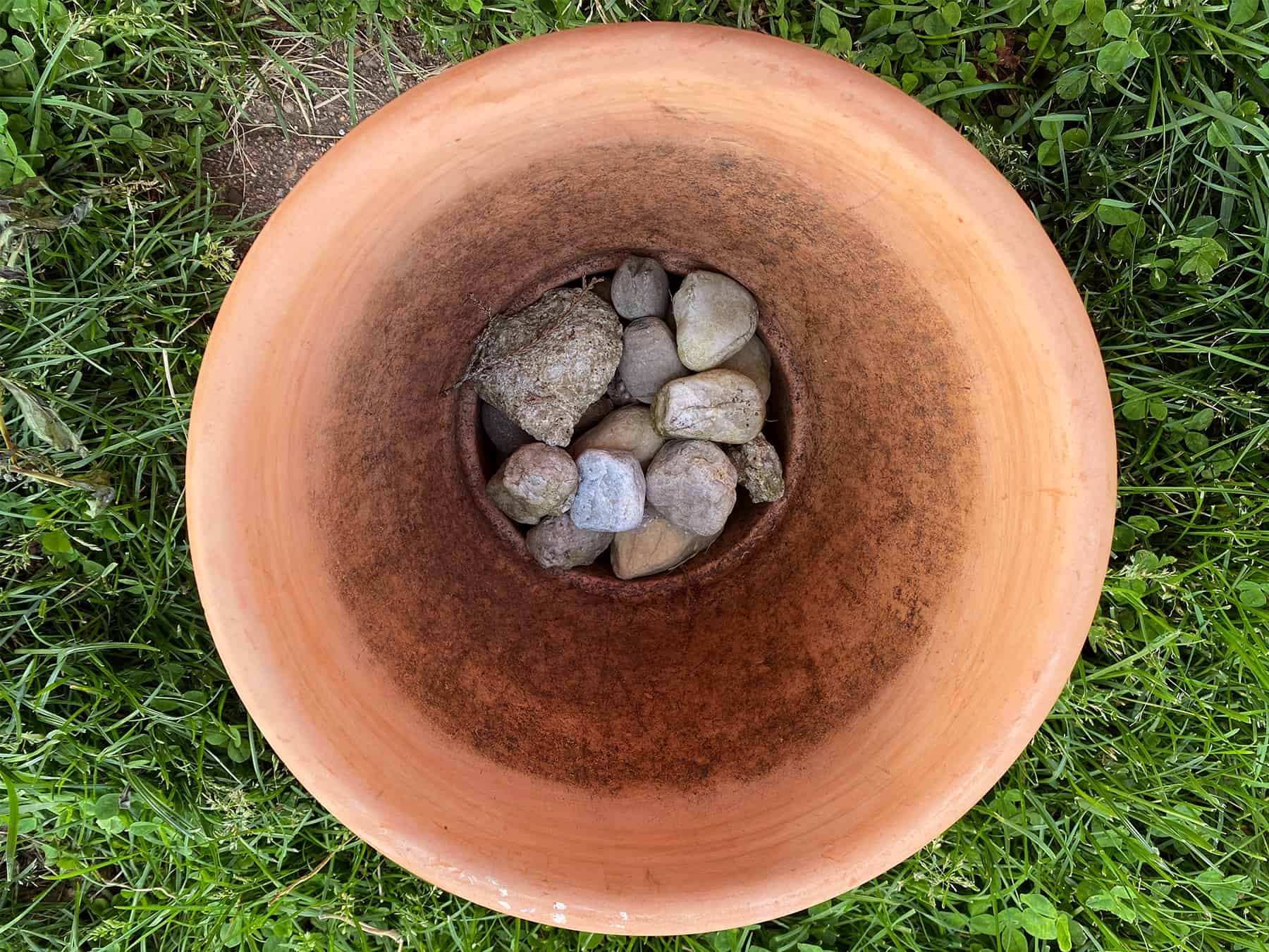
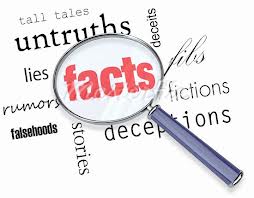
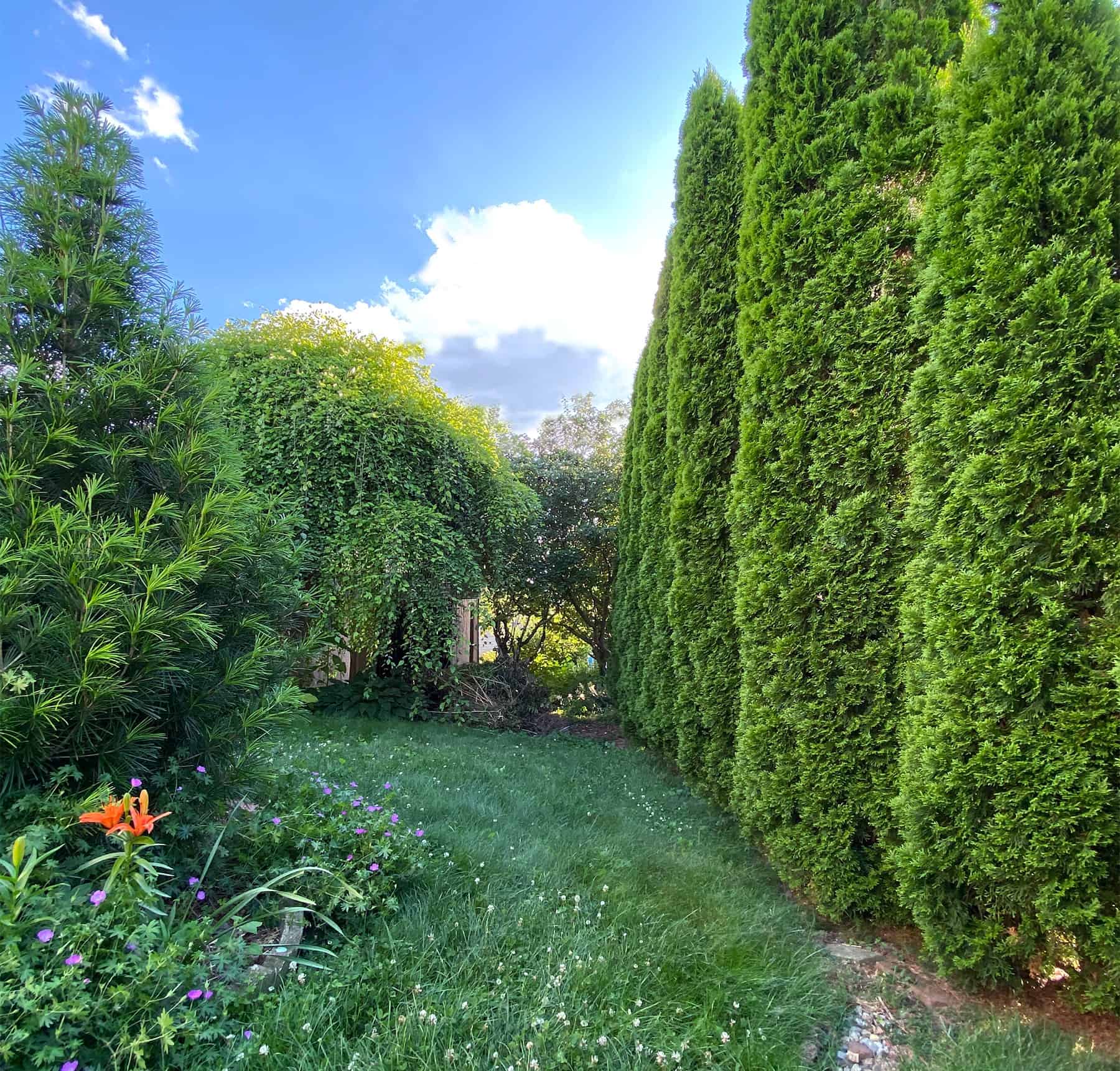
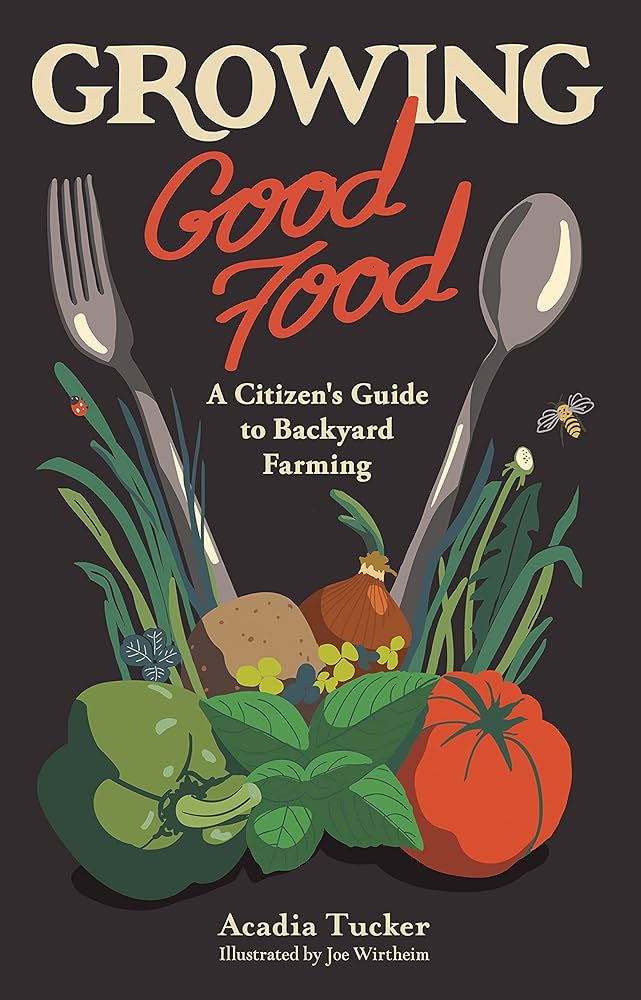
Leave a Reply